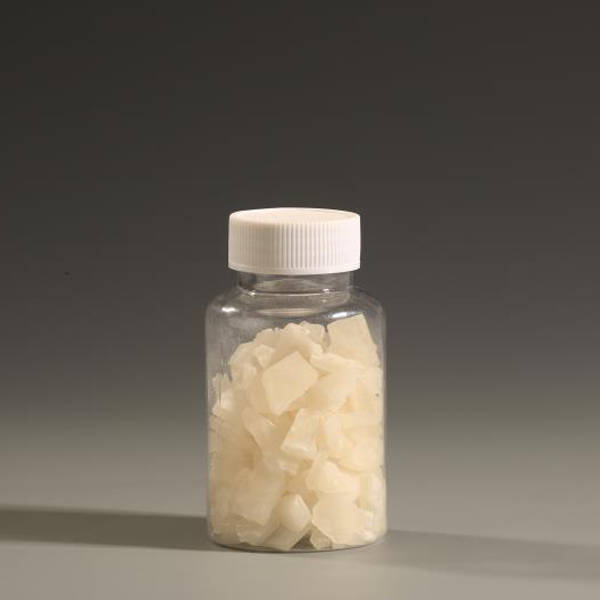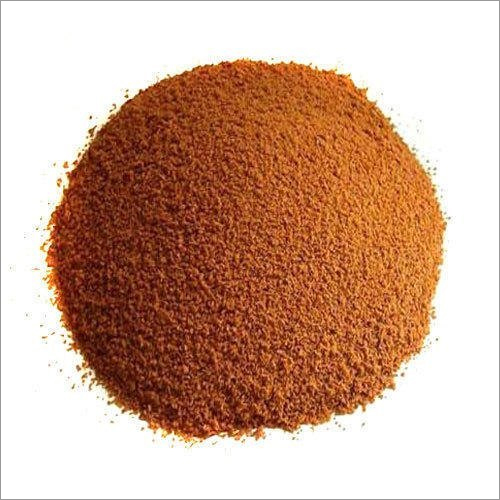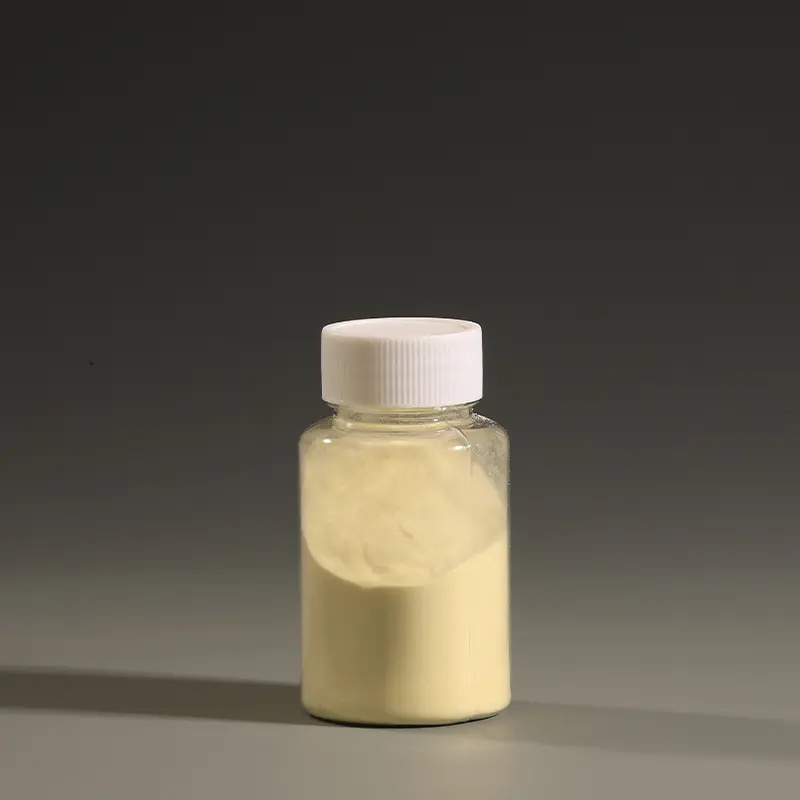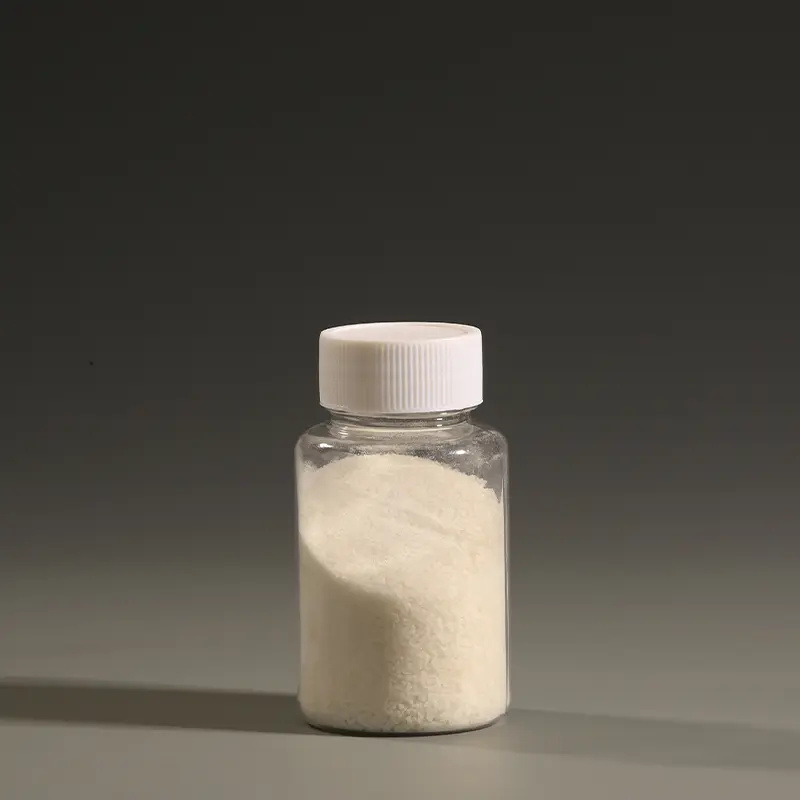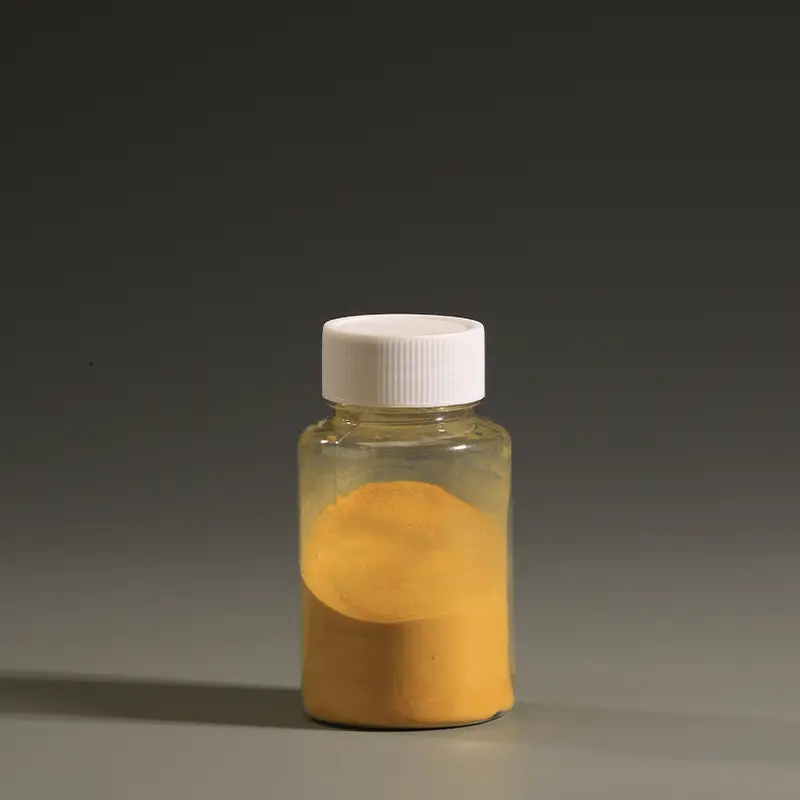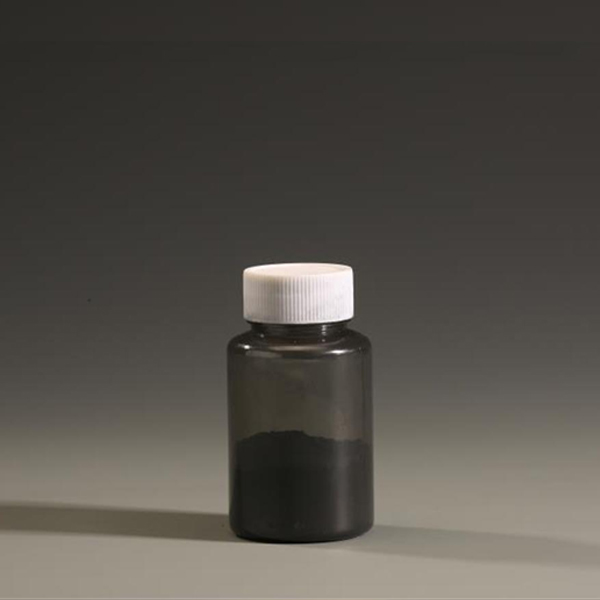Aluminium Sulfate
Taw qhia ntawm Aluminium sulfate
Aluminium sulfate yog ntsev nrog cov mis Al2 (SO4) 3. Nws yog soluble hauv dej thiab feem ntau yog siv los ua coagulating tus neeg sawv cev hauv kev ua kom huv ntawm cov dej haus thiab cov dej khib nyiab kho, thiab tseem siv hauv cov ntawv tsim khoom. Peb Aluminium Sulphate muaj hmoov granules, flakes, thiab cov ntsiav tshuaj, peb kuj muaj peev xwm muab tsis-ferric, low-ferric, thiab qib industrial.
Aluminium sulfate muaj xws li dawb, lustrous muaju, granules, los yog hmoov. Hauv qhov xwm txheej, nws tshwm sim raws li cov ntxhia alunogenite. Aluminium sulfate qee zaum hu ua alum lossis papermaker's alum.
| Tshuaj formula | Al2 (SO4) 3 |
| Molar loj | 342.15 g / mol (tsis muaj dej) 666.44 g / mol (octadecahydrate) |
| Qhov tshwm sim | Dawb crystalline khoom Hygroscopic |
| Qhov ntom | 2.672 g / cm3 (anhydrous) 1.62 g / cm3 (octadecahydrate) |
| Melting point | 770 ° C (1,420 ° F; 1,040 K) (decomposes, anhydrous) 86.5 ° C (octadecahydrate) |
| Solubility hauv dej | 31.2 g / 100 mL (0 ° C) 36.4 g / 100 mL (20 ° C) 89.0 g / 100 mL (100 ° C) |
| Solubility | me ntsis soluble hauv cawv, dilute mineral acids |
| Acidity (pKa) | 3.3-3.6 |
| Sib nqus susceptibility (χ) | -93.0 · 10-6 cm3/mol |
| Refractive index (nD) | 1.47 [1] |
| Cov ntaub ntawv thermodynamic | Kev coj tus cwj pwm: khoom-kua-gas |
| Std enthalpy ntawm kev tsim | -3440 kJ/mol |
Ntim:lined nrog lub hnab yas, txheej woven hnab. Net nyhav: 50 kg hnab
Kev siv tsev neeg
Qee qhov kev siv ntau tshaj plaws ntawm txhuas sulfate muaj nyob hauv tsev. Cov compound feem ntau pom muaj nyob rau hauv ci dej qab zib, txawm hais tias muaj qee qhov kev tsis sib haum xeeb txog seb nws puas tsim nyog ntxiv txhuas rau cov khoom noj. Qee cov tshuaj tiv thaiv kab mob muaj cov txhuas sulfate vim nws cov khoom siv tshuaj tua kab mob, txawm hais tias txij li xyoo 2005 FDA tsis lees paub tias nws yog cov dej ntub dej. Thaum kawg, qhov sib xyaw ua ke yog cov khoom siv astringent nyob rau hauv cov cwj mem styptic, uas yog tsim los txwv tsis pub me me los ntshav.
Kev ua vaj
Lwm qhov nthuav siv ntawm aluminium sulfate nyob ib ncig ntawm lub tsev yog nyob rau hauv vaj. Vim tias txhuas sulfate yog acidic heev, nws qee zaum ntxiv rau cov av alkaline heev kom sib npaug pH ntawm cov nroj tsuag. Thaum txhuas sulfate los rau hauv kev sib cuag nrog dej, nws tsim aluminium hydroxide thiab diluted sulfuric acid tov, uas hloov cov av acidity. Cov neeg cog qoob loo uas cog hydrangeas siv cov cuab yeej no los hloov cov paj xim (xiav lossis paj yeeb) ntawm hydrangeas vim tias cov nroj tsuag no nkag siab zoo rau cov av pH.
Aluminium Sulfate Water Treatment
Ib qho tseem ceeb tshaj plaws ntawm kev siv aluminium sulfate yog nyob rau hauv kev kho dej thiab purification. Thaum ntxiv rau dej, nws ua rau microscopic impurities ua ke ua ke rau hauv cov khoom loj thiab loj dua. Cov clumps ntawm impurities yuav nyob rau hauv qab ntawm lub thawv los yog tsawg kawg tau loj txaus los lim lawv tawm ntawm dej. Qhov no ua rau dej nyab xeeb rau haus. Ntawm tib lub hauv paus ntsiab lus, txhuas sulfate kuj qee zaum siv hauv cov pas dej da dej kom txo cov huab cua ntawm cov dej.
Dyeing Fabrics
Lwm qhov kev siv ntau ntawm aluminium sulfate yog dyeing thiab luam ntawv ntawm daim ntaub. Thaum yaj nyob rau hauv ib tug loj npaum li cas ntawm cov dej uas muaj ib tug nruab nrab los yog me ntsis alkaline pH, lub compound tsim ib tug gooey tshuaj, aluminium hydroxide. Cov tshuaj gooey pab dyes lo rau ntawm daim ntaub fibers los ntawm kev ua cov dye dej insoluble. Lub luag hauj lwm ntawm txhuas sulfate, yog li ntawd, yog ib qho zas "kho," uas txhais tau hais tias nws ua ke nrog cov qauv molecular ntawm cov xim thiab cov ntaub yog li cov dye tsis khiav tawm thaum cov ntaub ntub dej.
Ua ntawv
Yav dhau los, txhuas sulfate tau siv los ua daim ntawv, txawm hais tias cov khoom siv hluavtaws feem ntau tau hloov nws. Cov txhuas sulfate tau pab rau qhov loj ntawm daim ntawv. Hauv cov txheej txheem no, txhuas sulfate tau ua ke nrog rosin xab npum los hloov cov absorbency ntawm daim ntawv. Qhov no hloov cov cwj mem-absorbing ntawm daim ntawv. Siv aluminium sulfate txhais tau hais tias daim ntawv tau tsim nyob rau hauv acidic tej yam kev mob. Kev siv cov khoom siv hluavtaws txhais tau hais tias cov ntawv tsis muaj kua qaub tuaj yeem tsim tau. Daim ntawv tsis muaj kua qaub tsis tawg sai npaum li daim ntawv loj nrog cov kua qaub.
Kuv yuav xaiv cov tshuaj zoo li cas rau kuv daim ntawv thov?
Koj tuaj yeem qhia peb txog koj qhov kev thov, xws li hom pas dej, cov yam ntxwv ntawm cov dej khib nyiab, lossis cov txheej txheem kho tam sim no.
Los yog, thov muab lub npe lossis qauv ntawm cov khoom koj siv tam sim no. Peb pawg kws tshaj lij yuav pom zoo cov khoom tsim nyog tshaj plaws rau koj.
Koj tseem tuaj yeem xa peb cov qauv rau kev kuaj xyuas, thiab peb yuav tsim cov khoom sib npaug lossis txhim kho raws li koj xav tau.
Koj puas muab kev pabcuam OEM lossis kev pabcuam ntiag tug?
Yog, peb txhawb customization hauv labeling, ntim, formulation, thiab lwm yam.
Puas yog koj cov khoom muaj ntawv pov thawj?
Yog lawm. Peb cov khoom tau ntawv pov thawj los ntawm NSF, REACH, BPR, ISO9001, ISO14001 thiab ISO45001. Peb kuj muaj lub teb chaws invention patents thiab ua hauj lwm nrog cov koom tes factories rau SGS kuaj thiab carbon footprint ntsuam xyuas.
Koj puas tuaj yeem pab peb tsim cov khoom tshiab?
Yog lawm, peb pab neeg ua haujlwm tuaj yeem pab tsim cov qauv tshiab lossis txhim kho cov khoom uas twb muaj lawm.
Nws siv sijhawm ntev npaum li cas rau koj los teb cov lus nug?
Teb hauv 12 teev ntawm hnub ua haujlwm ib txwm, thiab tiv tauj ntawm WhatsApp / WeChat rau cov khoom ceev.
Koj puas tuaj yeem muab cov ntaub ntawv xa tawm tiav?
Muaj peev xwm muab cov ntaub ntawv tag nrho xws li daim ntawv them nqi, daim ntawv teev npe, daim nqi thauj khoom, daim ntawv pov thawj ntawm keeb kwm, MSDS, COA, thiab lwm yam.
Cov kev pab cuam tom qab muag muaj dab tsi?
Muab kev txhawb nqa kev muag khoom tom qab muag, kev tuav tsis txaus siab, kev taug qab kev thauj mus los, rov ua dua lossis them nyiaj rau cov teeb meem zoo, thiab lwm yam.
Koj puas muab kev qhia txog kev siv khoom?
Yog, suav nrog cov lus qhia rau kev siv, phau ntawv qhia noj tshuaj, cov ntaub ntawv qhia kev, thiab lwm yam.



